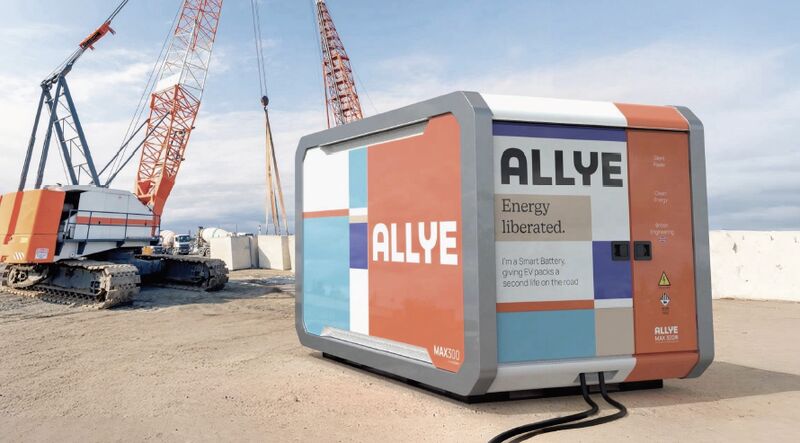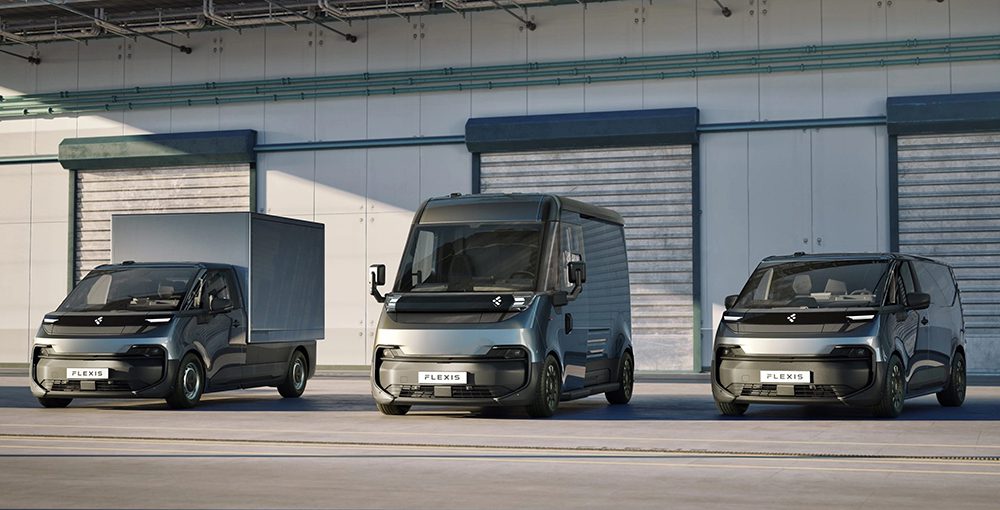A bill currently making its way through the California legislature would require all new EVs sold in the state to be equipped with bidirectional charging capability by 2027. SB 233, which has passed the Senate Energy Committee and will be heard before the Senate Transportation Committee on April 25, would also establish state goals for bidirectional charging, increase funding for bidirectional infrastructure, and promote interoperability testing.
“EVs are energy storage on wheels. Why waste that battery, given how few miles most people use the vehicle in any given day?” said the bill’s sponsor, State Senator Nancy Skinner (D-Berkeley). “But we need to make it as easy as possible.”
By most accounts, a 60 kWh EV battery could provide backup power to an average US household for at least two to three days. Such a V2H feature could be highly useful in California, where residents face a growing threat of rolling blackouts during periods of peak demand.
California’s cars will have 60,000 megawatts of stored energy in batteries by 2030, Siva Gunda of the California Energy Commission told GovTech. If just 10% of that could be returned to the grid, “we can get through what we went through last year without turning on the backup generators.”
Utility PG&E says it is preparing the grid for the bidirectional future, but warns that the state is not ready for immediate widespread adoption. “It represents a new path. We want to lead the country in reliability, resiliency and reduced emissions,” said Aaron August, VP of PG&E’s Utility Partnerships and Innovation, adding that standards to support V2X applications are now in development.
Gregory Poilasne, the CEO of bidirectional charging pioneer Nuvve, recently testified before the California Senate Energy, Utilities and Communications Committee in support of the proposed legislation. “California must approach V2G the same way it has treated rooftop solar or EV adoption—with goals, incentives and fostering stakeholder collaboration,” he told lawmakers. “SB 233 does all three, and will help transform today’s kilowatts and megawatts of mobile grid storage into tomorrow’s gigawatts.”



































































































































